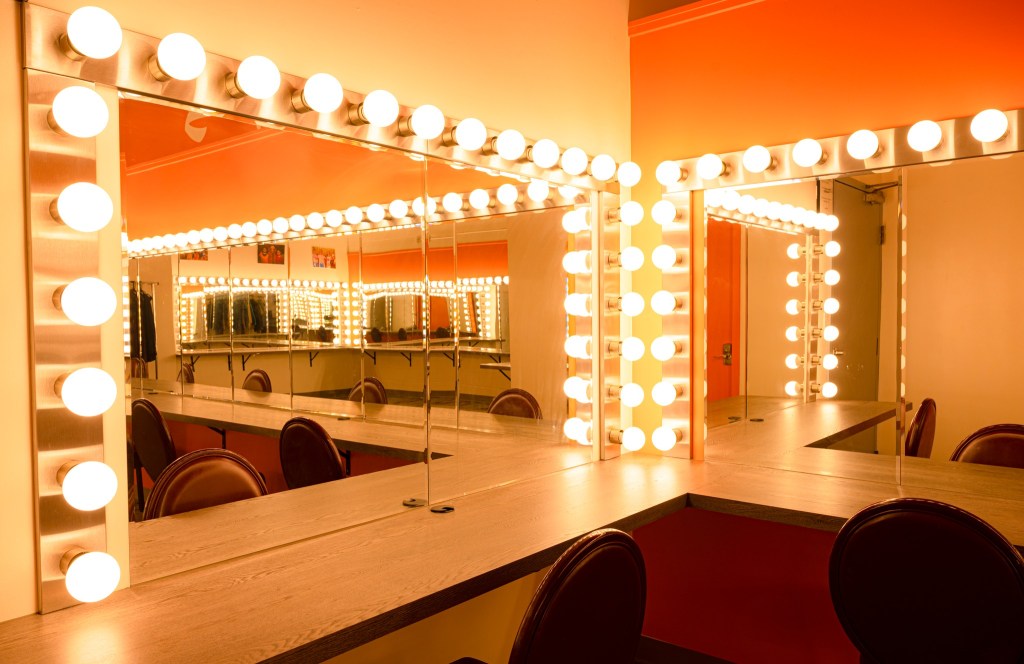Case Studies
Read what happens when top organizations choose AudienceView to drive business growth
Case Studies
Ravinia’s New Partner, For A New Era
Case Studies
ArtsQuest – Success in the First Year
Case Studies
OFC Creations Thrives with AudienceView Professional
Case Studies
The Tuacahn Recipe for Success
Case Studies











